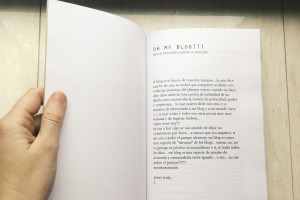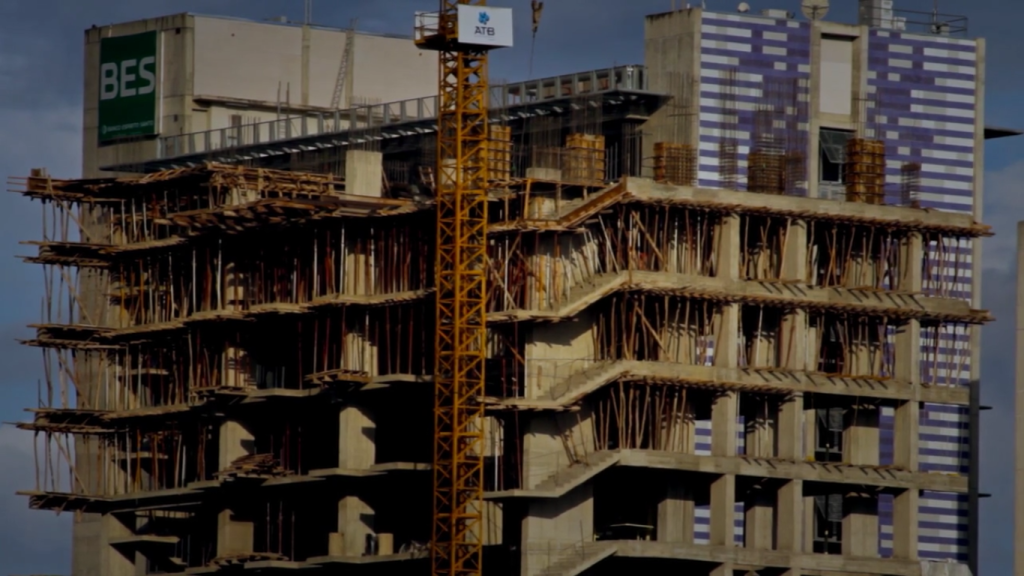
Están demoliendo la ciudad
donde tanto viví,
donde al final, sin percatarme
los ojos se me unieron a sus piedras.
Están derrumbando sin tregua sus muros,
los camiones adentro del polvo
pasan y cargan,
se llevan ventanas, columnas, portones,
no cesan,
no hay nada que salve su caída,
los amigos crecieron, se mudaron, han muerto.
Se cae, se está cayendo sin espacio
y sin tiempo,
dentro y fuera de mí, por donde vaya,
adonde llegue. [1]
Eugenio Montejo, “Están demoliendo la ciudad”
in Terredad (Caracas: Monte Ávila, 1978).
To think about the identity of the images of Caracas seems an exercise still linked to the exaltation of the bucolic: the idealized landscape, the majestic character of the Ávila mountain, the privileged climate, and the flight of the macaws, all make up the spinal cord of this representation. But is this really the landscape that unfolds and becomes the city? What is it about the urban face of Caracas that drown its contemplation?
I often find a certain condemnation in the Caracas scenery, as if it were a place doomed to transformation, to always be new, projected, a city in the works. The image of Caracas is an unfinished horizon. What persists, sealed in the Caracas imagery, is not yet the urban landscape, but the natural one: the Ávila that frames the city, a colorful and vivid sky, the flora that grows from the sterile asphalt. Not many man-made monuments inhabit the bond between citizen and city so emblematically. Maybe something survives in some building in Libertador Avenue, in Santa Mónica or San Martín, where a trace of European aristocracy or oil-boom modernization remains. Are we speaking, then, about a landscape of traces? The landscape of memory, of oblivion?

All cities are sceneries of change, variable, shifting, but not all are transitory. Caracas, in turn, is the city of the provisional: strewn across it are construction cranes, demolition machinery and signs apologizing for the closing of a road due to repairs. It’s common to run into some construction site that makes Caracas an interrupted, often inaccessible place. How to portray a city like this? What images can account for this fugacity? How can art take charge of that absence, which is also a search?
Tarkovsky says that an image is beautiful when it is rooted in the truth of life, collected by the artist and configured with full sincerity. Therefore, the work of the artist supposes a tendency towards simplicity, bound to the responsible task of reflecting perceptions of reality with honesty.
Similarly, Sontag says that taking a photograph, like hunting, involves observing through a viewfinder while waiting for the precise moment to capture the image, to catch the prey. With how much determination would we have to observe Caracas to realize its past does not survive in its images? How much attention would we have to pay to recognize the change that approaches? To look for these images in their natural context, simple and distant from all vanity, would involve walking some of its streets and seeing the horizon plagued with living cranes, moving in all directions. There is so much to be built.
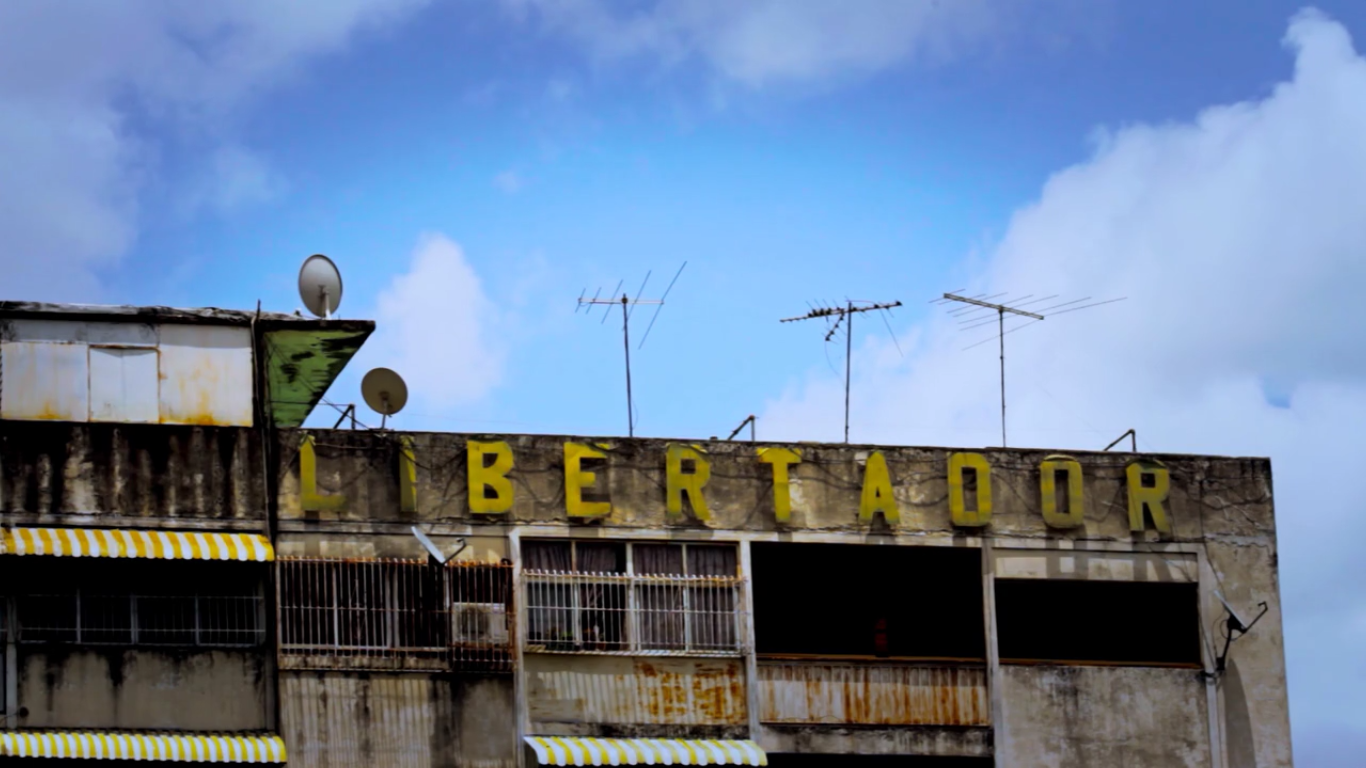
However, despite its many mutations, the landscape of progress is not visible in Caracas, let alone the landscape of red rooftops and chaguaramo palm trees so deeply imprinted in the longing of citizens. Caracas is, in the words of Cabrujas, “in the meantime and just in case,” the swift architecture that «has been unable to accompany a single generation.»
There’s a routine of demolishing-to-build that seems to have become a necessity. A new generation, born after the devastation, does not possess the memory needed to rebuild the past, and does not know what poets like Liscano, Montejo and Cabrujas were losing. We are the children of the collapse. It is precisely that idea about demolition as our main architectural sense, so pristine in Cabrujas, that structures the syntax of days in a monstrously herculean city, whose only certainty is change.

This demolishing, eternally shifting dynamic forces Caracas dwellers to be, rather than citizens, witnesses of the city’s transformations, and in that sense, strangers in their own town. As long as there’s no permanence, us, inhabitants of the city, will contemplate it as a traveler, a foreigner or a stranger, would. There will always be a possibility for surprise: to take the same route every day, and then one day a crane showing up, another day a building disappearing, another day a construction progresses and suddenly occupies a formerly empty space. Liscano did not write these lines in vain:
La ciudad natal se acabó.
Los nacidos antes de la destrucción
se miraban desvalidos, entre las nuevas edificaciones.
Había quienes preguntaban por el país,
otros por los corrales, otros por las alcobas,
algunos confundían las torres nuevas
con las construcciones del crepúsculo
miradas, ayer, desde las azoteas y jardines.
(…)
domicilios perdidos, ciudad familiar
que creíamos duradera, desaparecida
en la flor de la edad,
ya en las esquinas no se miran los puntos cardinales ni la montaña
(…)
-Tu identidad son números…
-fechas, partidas, pasaportes…
-cifras computadas, cédulas…
-No existes, hace tiempo. [2]
Juan Liscano. Obra poética completa (1939-1999).
Caracas: Fundación para Cultura Urbana, 2007.
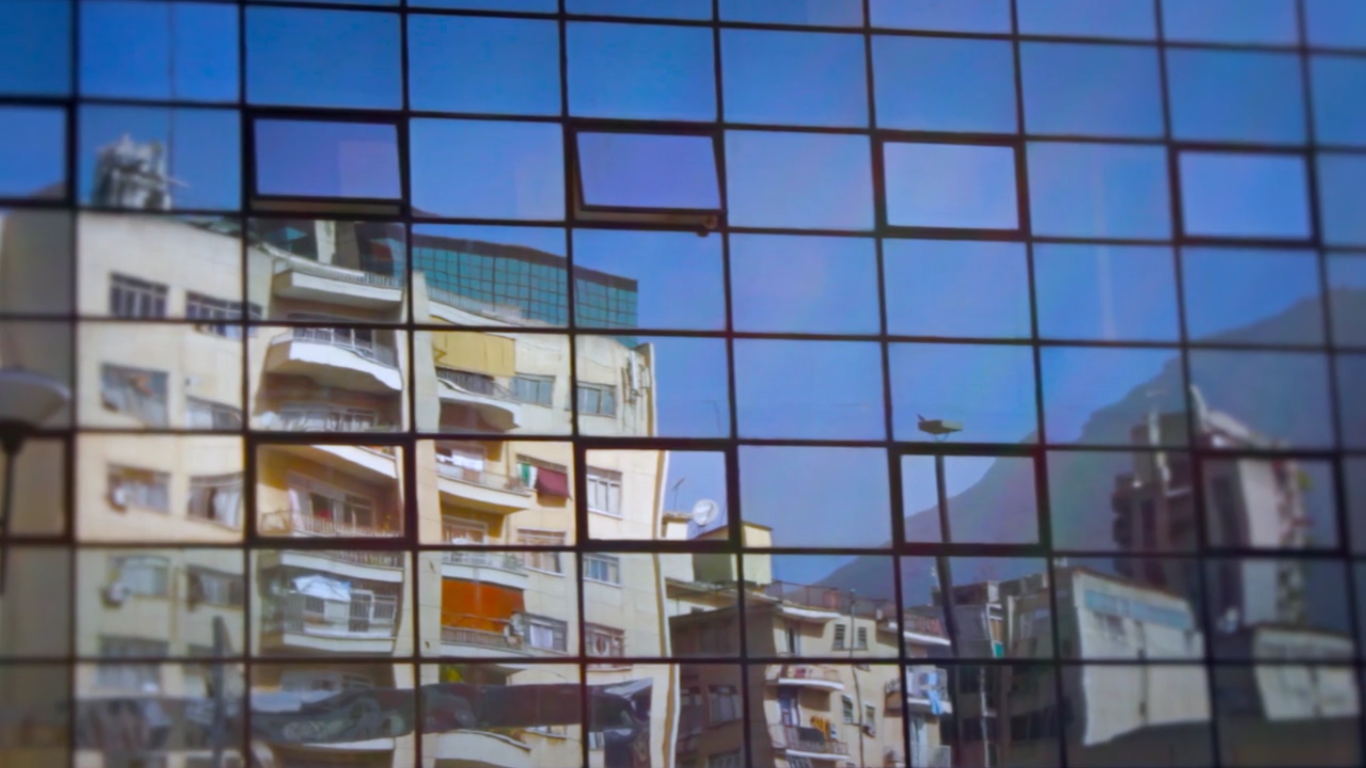
This city survives, above all, in the memory of its inhabitants. Though sometimes its past can be glimpsed in some forgotten monument that perseveres like an ancient ruin–like a relic from a previous time–its spaces disappear and its face changes daily. The link to Caracas survives only through memory. Those who have left will find little of what they left behind when they return. On this issue, Cabrujas says: the city existed only insofar as it was recounted, in a futile testimony. Caracas is a memory.
All of this, which might seem to be part of a certain “modernization,” has hindered the emergence of enough attachment to allow the city to be perpetuated in the imaginary of its inhabitants for its urban landscape, its architecture, and not only by their experiences in it. Maybe this is why demolition is so tempting; it probably represents the hope for the construction of a city where the Ávila is not the only permanent thing.
To keep adoring the greenery and vegetation seems to be no longer enough. The certainty that behind the mountain lie “the best beaches” seems to be no longer enough. The horizon plagued with “the most beautiful women in the world” seems to be no longer enough. That is not the city we inhabit, nor the city that inhabits us anymore.
We live in the landscape of ephemerality. The building fronts are not the only thing mutating daily: in Caracas we contemplate a human landscape made up of ever-longer queues that extend and disappear and reappear, just like the buildings. This is a city that cannot be transited or recognized, that is unfinished, being demolished. Today, our landscape is determined by this idea of deliberate destruction and forceful transitoriness, of city-catastrophe.
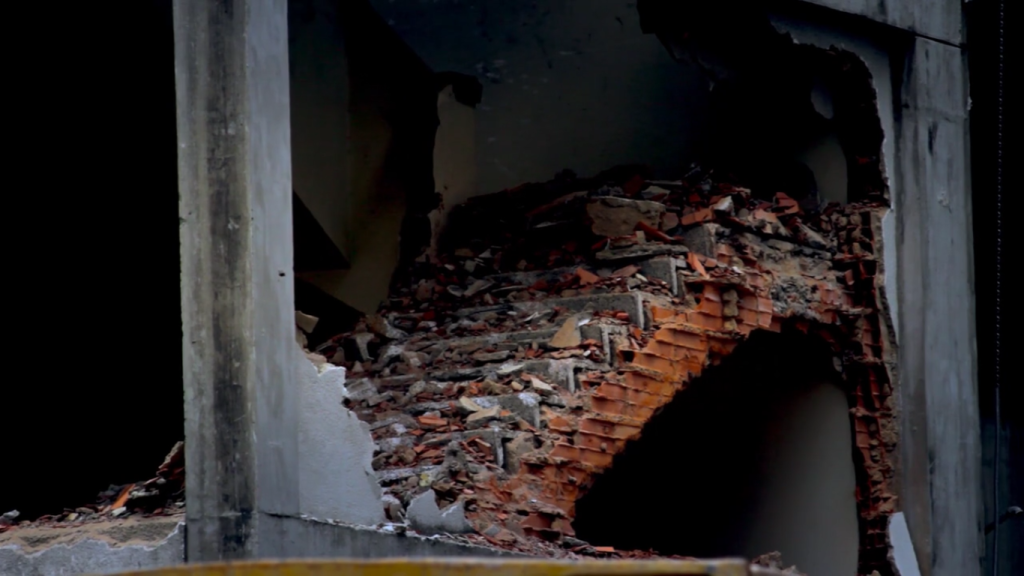
[1] Translator’s version:
They are demolishing the city
where I lived so much,
where finally, without realizing it,
my eyes joined its stones.
They are demolishing its walls tirelessly,
the trucks in the dust
pass and load,
they take windows, columns, gates,
they don’t cease,
there is nothing to save its fall,
friends grew up, moved out, have died.
It falls, it’s falling without space
and without time,
inside and outside of me, wherever I go,
wherever I arrive.
[2] Translator’s version:
The birth city is over.
Those born before the devastation
gazed at each other, defenseless, among the new buildings.
Some were asking about the country,
others about the barnyards, others about the rooms,
some confused the new towers
with the constructions of dusk
seen, yesterday, from the rooftops and gardens.
(…)
lost domiciles, familiar city
we believed enduring, gone
in the flower of its age,
the cardinal points and the mountain can no longer be seen from the corners.
(…)
– Your identity are numbers…
– dates, certificates, passports…
– computerized ciphers, identification cards…
– You don’t exist since some time ago.
References:
Montejo, Eugenio. Terredad. Caracas: Monte Ávila, 1978.
Liscano, Juan. Obra poética completa (1939-1999). Caracas: Fundación para Cultura Urbana, 2007.
Cabrujas, José Ignacio. “La ciudad escondida” in Caracas. Caracas: Fundación Polar/Oscar Todtmann Editores, 1988.
Tarkovski, Andrei. Esculpir en el tiempo. Reflexiones sobre el arte, la estética y lo poético en el cine. Madrid: Ediciones RIALP. 2002.
Sontag, Susan. Sobre la fotografía. México D.F: Alfaguara, 2006.
About the author:
Mariana Álvarez (Caracas, 1991) holds a degree in Arts from Universidad Central de Venezuela, where she majored in Cinematography. Mientras tanto y por si acaso (2014) was her thesis project; it was awarded an honorable mention and recommended for publication. She has produced advertising spots for television and cinema for several years. Currently, she is instructor of Art History and also works as assistant director in short films.
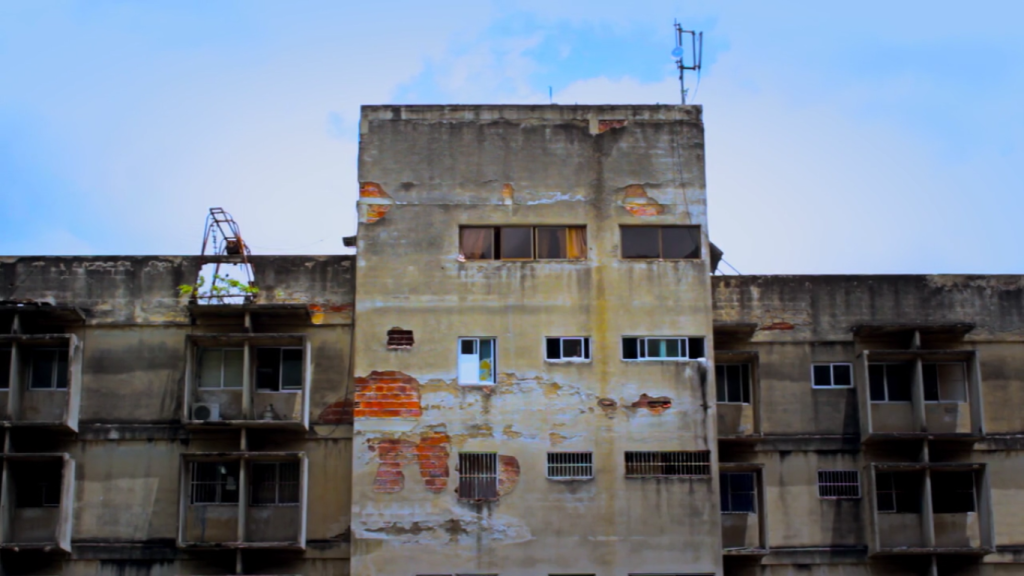
#Tesis is Backroom Caracas’ section that welcomes short versions of research projects by university students, both ongoing and graduated.







